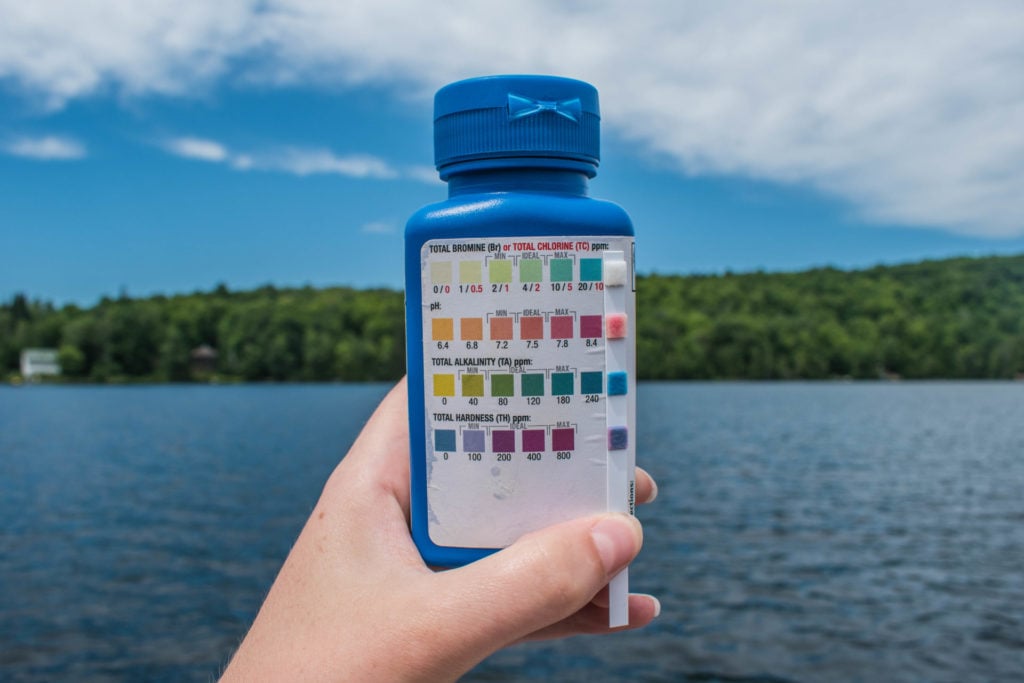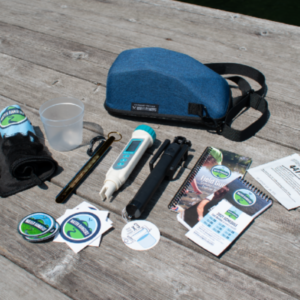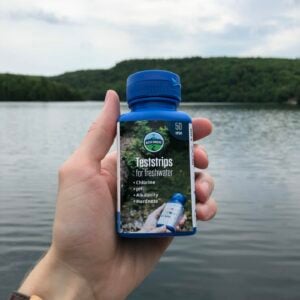Alkalinity in freshwater
What is alkalinity?
Alkalinity in freshwater refers to the water’s capacity to neutralize acid or resist decreases in pH. Natural water’s alkalinity is affected by soil, bedrock, plants, and industrial waste. For example, limestone, which is softer and dissolves in water more easily, tends to make water have higher alkalinity.

Why is alkalinity important for freshwater?
Alkalinity is important for fish and aquatic life because it protects or buffers against rapid pH changes. Living organisms, especially aquatic life, function best in certain pH ranges. Basically, it tells us how much acid can be added to the water without it causing a significant change in pH.
What does an alkalinity measurement mean?
High alkalinity does not necessarily mean bad water quality. Every body of water will have its own unique normal level of alkalinity. It is measured in terms of an equivalent concentration of calcium carbonate in a water sample:
- 10 mg/L : Very Low
- 11-50 mg/L : Low
- 51-150 mg/L : Moderate
- 151-300 mg/L : High
- > 300 mg/L : Very High
Water Rangers Protocol
For this test we use Taylor Pool and Spa Test Strips. Learn why we selected this brand. Watch this video to see how it’s done.
Pro-Tip: If the colour on the test strip appears in the middle of two colours on the bottle, you can record the absolute middle (for example, if the colour is somewhere between 7.2 and 7.8 the recorded have a value of 7.5).
Test for alkalinity using these products:
-
Freshwater Explorer Testkit$360.00
-
Compact Freshwater Testkit$140.00
-
Teststrips$16.00


